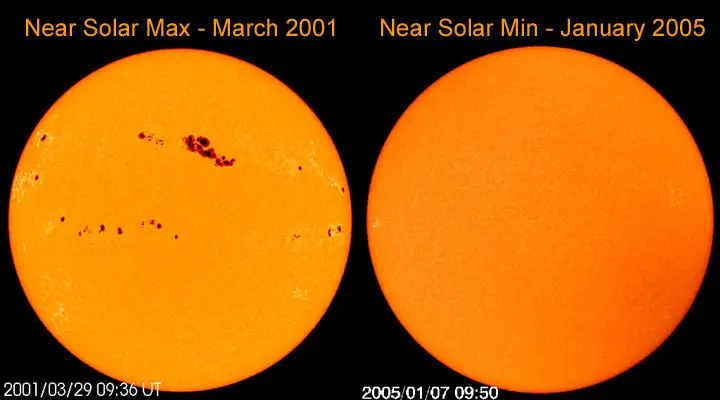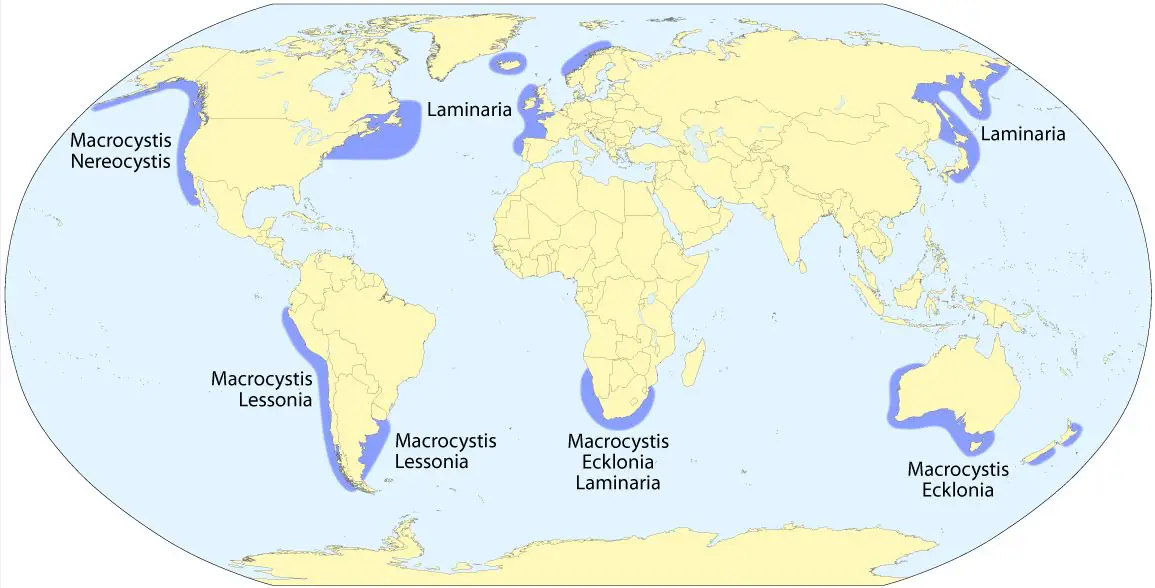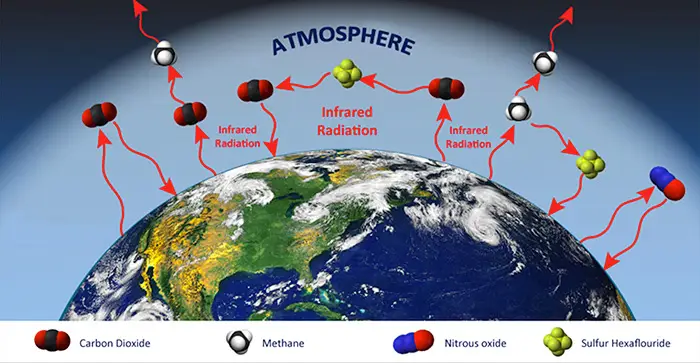Table of Contents
Introduction:
Oceanic current circulation plays a crucial role in the Earth’s ecosystem, influencing climate, weather patterns, and marine biodiversity. Warm and cold currents drive ocean circulation, affecting regions around the globe. Understanding the dynamics of these currents is essential for predicting climate change, managing marine resources, and conserving marine ecosystems.
Warm and Cold Ocean Currents:
Warm ocean currents transport heated water from the equator to the poles, influencing regional temperatures and sustaining marine biodiversity. Examples include the Gulf Stream and the Kuroshio Current. In contrast, cold ocean currents originate in polar regions, transporting nutrient-rich water to the equator and influencing coastal climates.
Formation of Oceanic Currents:
Ocean currents are primarily influenced by wind patterns, the Earth’s rotation (Coriolis effect), and variations in water density. These factors contribute to the creation of both surface and deep ocean currents, impacting global heat distribution and marine ecosystems.
Interaction of Warm and Cold Currents:
The interplay between warm and cold currents creates a dynamic equilibrium, impacting regional climates, weather patterns, and marine biodiversity. Mixing of warm and cold currents leads to nutrient upwelling, supporting diverse marine habitats and ecosystems.
Challenges and Threats by Oceanic Currents:
Ocean currents face challenges such as climate change, melting polar ice caps, ocean acidification, overfishing, and pollution. These factors disrupt established current patterns, impacting marine ecosystems and global climate systems.
Conservation and Sustainable Practices:
Conservation efforts for ocean currents involve understanding and monitoring current patterns, mitigating climate change, protecting marine ecosystems, promoting sustainable fishing practices, and encouraging international cooperation. Public awareness and education on ocean conservation are also critical for long-term sustainability.
Conclusion:
Oceanic current circulation is a complex and vital component of the Earth’s ecosystem. By implementing conservation and sustainable practices, we can ensure the health and stability of ocean currents and marine habitats for future generations. It is imperative that we work together to address the challenges facing our oceans and protect these valuable natural resources.
Significance of Oceanic Current Circulation
Oceanic current circulation, including warm and cold currents, plays a crucial role in influencing the Earth’s ecology and life. These currents impact climate, weather systems, marine ecosystems, and global heat distribution.
Features of Oceanic Current Circulation
Warm Currents: Transport warmer water from the equator to the poles, influencing regional temperatures and marine biodiversity.
Cold Currents: Originate at high latitudes, carrying colder and denser water to the equator, impacting coastal climate and sustaining marine ecosystems.
Objectives of Oceanic Current Circulation
The main objective of oceanic current circulation is to regulate global heat distribution, influence regional climates, support marine biodiversity, and sustain important fisheries.
Effects of Oceanic Current Circulation
Ocean circulation impacts weather forecasting, navigation, fishing industries, and global climate change. Variations in ocean currents can lead to changes in global weather patterns, marine ecosystems, and the carbon cycle.
Pros of Oceanic Current Circulation
Consistent heat distribution: Helps regulate regional temperatures.
Diverse marine habitats: Supports a wide range of marine life and fisheries.
Climate moderation: Influences weather systems and climate patterns.
Cons of Oceanic Current Circulation
Environmental concerns: Changes in current patterns can lead to extreme weather events and disruptions in marine ecosystems.
Human impact: Overfishing, pollution, and climate change can negatively affect ocean currents and marine life.
Statistics on Oceanic Current Circulation
– The Gulf Stream transports warm water from the Gulf of Mexico to the Eastern United States and Western Europe.
– The Kuroshio Current in the North Pacific is a major warm current that influences East Asia’s climate.
– The Humboldt Current in South America and the Labrador Current in the North Atlantic are two significant cold currents.





